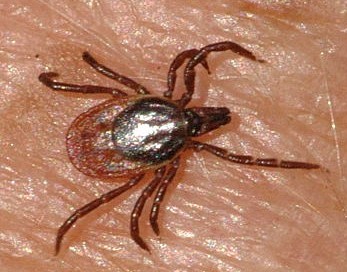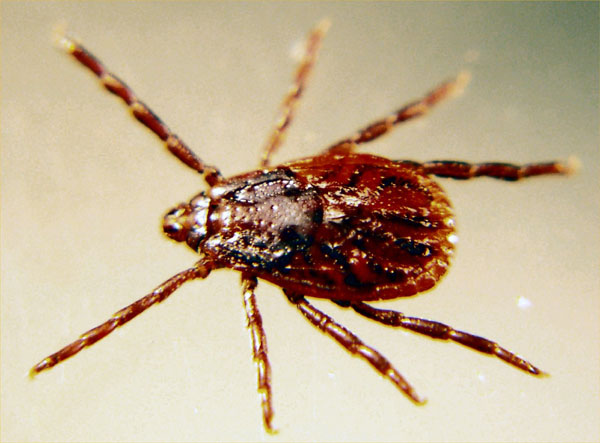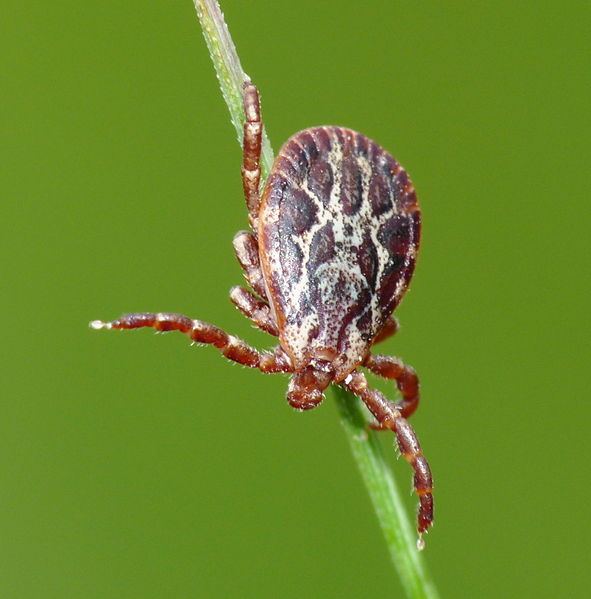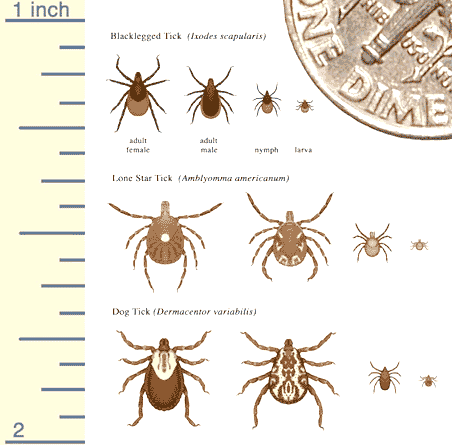Tick species
Ticks are parasitic arthropods and are common carriers of animal and human disease. Ticks together with mites belong to the taxon Acari, and are closely related to spiders. In adulthood they have four pairs of legs, just like spiders do.
The most important group is the Ixodidae family of ticks, whose members have adapted to the majority of diverse habitats and climatic conditions. It includes 650 species in 13 genera (for example: Ixodes, Rhipicephalus, Dermacentor, Amblyomma, Hyalomma, Haemophysalis, Boophilus). The most significant in terms of disease transmission are:
Ixodes ricinus and Ixodes scapularis (castor bean tick) - have a similar life cycle as
the ornate cow tick and are spread through Europe (I. ricinus) and North America (I. scapularis). They are the main transmitters of borreliosis.

Rhipicephalus sanguineus (brown dog tick or kennel tick) - is a widespread species, commonly found in warm, dry habitats. It is the main vector of babesiosis (Babesia canis vogeli), ehrlichiosis, hepatozoonosis and rickettsiosis.

Dermacentor reticulatus (ornate cow tick) - is adapted to a cooler and more temperate climate of Europe. It prefers shade and damp foliage and can thus be found in the woods, parks and shrubs. It is the main vector of babesiosis caused by Babesia canis canis. Its equivalent in North America is Dermacentor variabilis.

Microorganisms transmitted by ticks cause serious illnesses in animals in many tropical and subtropical areas. But ticks transmit infectious diseases even in temperate climate zones. There is need for an integrated approach to protecting animals and humans from tick-borne diseases more urgently than ever before. This requires a thorough understanding of the biology, ecology and pathogenicity of these parasites.

Here you can find a map of tick species distribution throughout Europe.